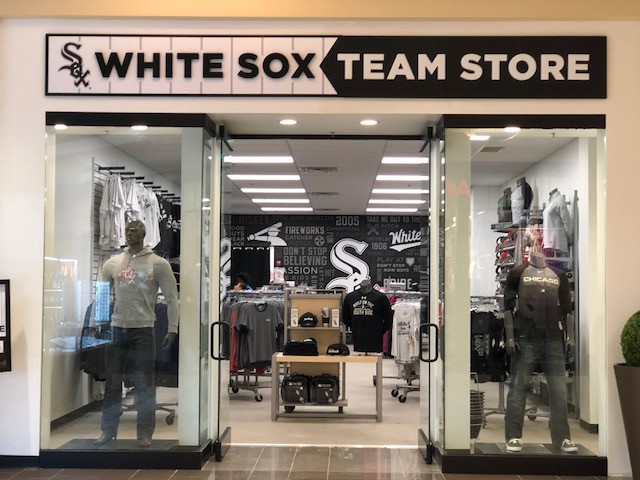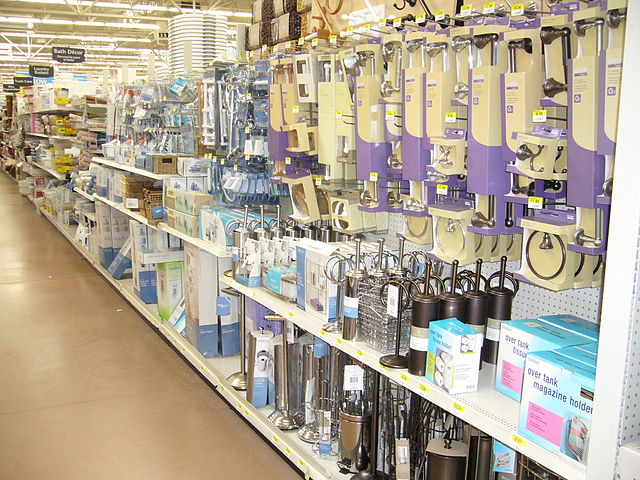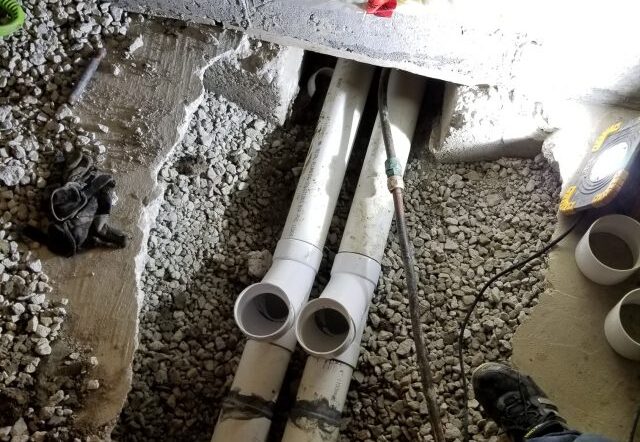Profit for the Retailers

It seems to have begun harmlessly enough, this organization of merchants misguiding their customers. But after several years first, of stretching the truth, after that munching hungrily away at it, it appears numerous sellers would not understand the reality if they acted on it.
It began a decade or so back, I’m told, apparently because of the “plumping” of America. Ladies’ apparel shops started being examined by an expanding variety of women – no word play here intended – about why their gowns as well as pants really did not appear to fit as conveniently as they once did. To be fair, we men were asking similar concerns.
“Fit” had actually evidently become much tighter, virtually uncomfortably tight. The response to inadequate fit with females’ apparel was for makes to place a size 6 tag on a dimension 10 garment. Those numbers may be off a little bit, yet the practice worked. And the girls were more than happy since they could once more suit a “size 6.” For men, one solution was to produce a line of roomier “comfort fit” pants.
I can’t swear those stories hold true, however, I have actually heard them repeated too many times from way too many sources within the industry for them not to have some basis in reality. Anyhow, completely satisfied with those toe-in-the-water type of experiences, some merchants began stretching the truth even further, and in various ways.
Low-end sellers – there’s no need to call them – started by placing orders with producers for merchandise that was to be supplied pre-labeled with unnaturally high costs.
The technique, in the beginning, entailed just certain items such as hard goods and tiny electronic devices. Those sellers would then promote these things at “price cut savings” off their bogus high-label prices. Better yet, when those “sales” are more than, those items usually cost those inflated tag costs, producing even more earnings for the sellers.
Misleading? Perhaps, however then just on a fairly small scale. At the very least for a number of years. However, the pattern has given progressed, as well as with it has expanded the kinds of things that are pre-priced synthetically high.
Developed, too, have a variety of sellers taking part in the deception. It’s no longer simply low-end retailers who do it. The technique currently includes several of the largest retail chains in the country.
Try this on for size. Who in their right mind would pay $49.95 for a mid-level retail chain’s private tag, a male’s all-cotton sweater – made in some far-off country whose name you can not lead to and can only barely articulate?

Nobody with any type of purchasing savvy, that’s for sure. Yet would you pay $25 for it throughout a “Conserve 50%” sale? That’s what several merchants are doing, why many people fall into their trap. And it’s not just with guys’ sweatshirts. To learn more about retailers, there are a ton of interesting articles at JPost.
My pointer is to just leave those “sales.” Unless, naturally, you see that the top quality of that certain sweater – or any other thing – is what you expect in a coat that’s actually worth $25. After that, you shed absolutely nothing by paying the $25. But at that point what you’re acquiring is a sweater you know is worth $25. Don’t for a moment youngster yourself – or let any individual else youngster you – that you’re buying a $49.95 coat for $25.
That technique of putting synthetically high-valued, pre-labeled merchandise “on sale” has spread well beyond clothing chain stores. It has currently plagued retail grocery chains also. Occasionally with a unique spin. I’ve seen advertisements – you may have, as well – that offer a thing as “Now Only $2.49,” then in the smaller sized type under that price are words “After This Sale $3.29,” or something similar.




